Flow Diverter Stents
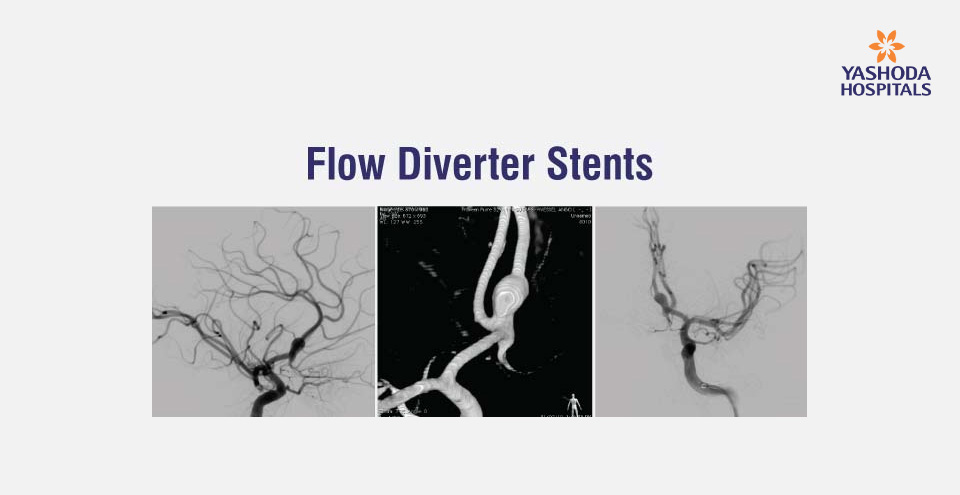
1. What are flow diverters and how do they work?
2. Indications for flow diverter treatment?
3. What are the different types of flow diverters?
4. How flow diverter treatment is performed?
5. What is the pre procedure preparation and follow up after flow diverter placement?
6. What are the risks and complications associated with flow diverter placement?
Intracranial/ brain aneurysms are if ruptured can be fatal or can cause significant morbidity that can limit the quality of life. With the advent of newer endovascular techniques, these aneurysms now can be treated safely with durable efficacy. One of the latest in this armamentarium is flow diverter stent mostly used to treat even the most complicated brain aneurysms.
What are flow diverters and how do they work?
Flow diverters are biocompatible, specially designed stents meant to be placed in brain blood vessels, to divert blood away from weak points/aneurysms in the blood vessels. They allow normal blood supply through the side branches while restraining the blood flow into the redundant and weak structures like brain aneurysms. After placement of the stents across the brain aneurysm, the aneurysm will slowly shrink in size, completely disappear/ obliterate in 3 months to 1 year.
They are highly flexible, high mesh work, hollow metallic tubes composed of tightly woven braided wires ( varying between 48-64 wires) , which effectively increase the metal density of the stent surface.
Indications for flow diverter treatment?
Flow diverters are used to treat brain aneurysms with following morphological parameters.
- Unruptured brain saccular aneurysms having wide neck ( neck > 4mm, Neck/ Dome ratio < 0.5).
- Fusiform, dissecting, blister aneurysms (Irrespective of size).
- Ruptured aneurysms which are not amenable for coiling/ clipping.
What are the different types of flow diverters?
Currently around 6 different types of flow diverter stents are available in India. Pipeline (Medtronic, USA), Surpass (Stryker, USA), Silk vista (BALT, Germany), FRED (Microvention, USA), Derivo (Acandis, Germany), p64/p48 (Phenox, Germany) are the currently available flow diverter stents in India. Out of these Pipline and Surpass are FDA approved devices.
Each of the stent offers specific technology including DFT technology (for better fluoroscopic visibility), HPC technology (for less thrombogenicity: available in Pipline Shield, p64 HPC), usability in very small vessels (Silk Vista baby, p48 HPC, FRED Jr). The efficacy of flow diversion depends upon the extent of metal coverage (usually 30-45%) which is highest in Surpass flow diverter. Other technical factors which increase the operator comfort and patient safety include profile of the device delivery microcatheter, stent opening, resheathibility, detachment methods.
How flow diverter treatment is performed?
The procedure requires hospital admission (usually for 2-3 days). The patient needs to be fasting at least 6 hrs prior to the procedure. The procedure is a minimally invasive one, done either through the femoral route (groin) or through the radial route (hand). It is usually done under general anaesthesia and the procedure lasts roughly for 2-3 hrs. A small nick is placed in the artery in the groin or hand , and small tubes called catheters are navigated into the neck through the sheath placed in the artery. Further through these catheters/ tubes the flow diverter devices are delivered and placed within the desired segment of the brain blood vessel. The procedure does not require any suture or long cuts, so the patient can ambulate on the next day. Generally after an uncomplicated procedure, the patient needs to stay in hospital for a day or two for observation.
What is the pre procedure preparation and follow up after flow diverter placement?
The flow diverter stent placement requires prior administration of blood thinners called anti platelets. It requires them to be administered at least 6 hrs before the procedure. The patient needs to be on these blood thinner medications for at least 1 year after the procedure.
The aneurysms treated with flow diverter usually gradually obliterated in the 3 – 12 months follow up period. So it requires an angiography by either CT angiography or DSA at 3 months/ 6 months/ 12 months time to demonstrate the aneurysm complete occlusion and modify the anti platelet therapy accordingly.
What are the risks and complications associated with flow diverter placement?
With the evolution of technology, in experienced hands, the complication rate is less than 5%. Complications include hematoma (blood clot collection at groin), hemorrhagic or ischemic stroke which can be minor or major. However, these can be avoided in most cases by proper procedure planning, optimal device selection, and attentive post procedure care.
References:
- Flow Diverter Stents, Johns Hopkins: https://www.hopkinsmedicine.org/neurology_neurosurgery/
- Flow Diverter Stent developed by SCTIMST for treatment of Aneurysms of brain, Ministry of Science and Technology: https://dst.gov.in/pressrelease/flow-diverter-stent-developed-sctimst-treatment-aneurysms-brain
- Individualized approach for complex intracranial aneurysms, Mayo Clinic: https://www.mayoclinic.org/medical-professionals/neurology-neurosurgery/news/individualized-approach-for-complex-intracranial-aneurysms/MAC-20430171
About Author –
Dr. Suresh Giragani, Consultant Neuro & Interventional Radiologist, Yashoda Hospitals – Hyderabad
MD (Radiology), DM (Neuroradiology)
Specialized in the comprehensive and widest range of vascular interventions covering neuro interventions, hepatobiliary interventions, venous, peripheral vascular interventions and interventions in cancer care.

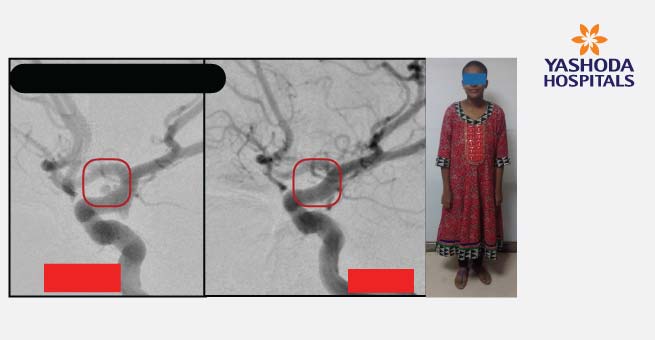
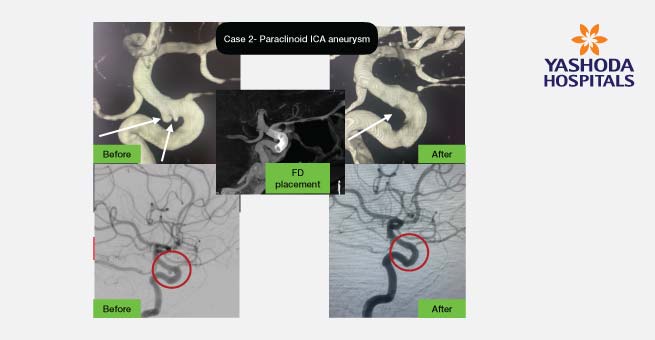
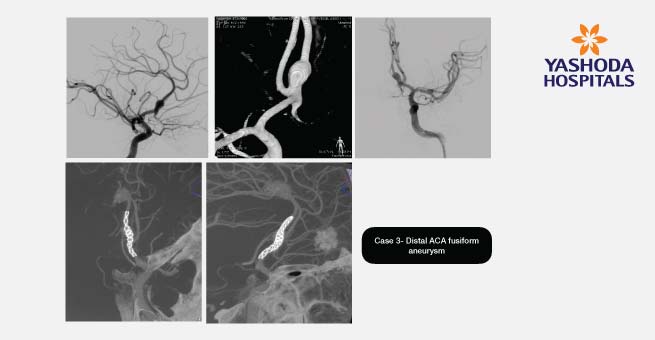
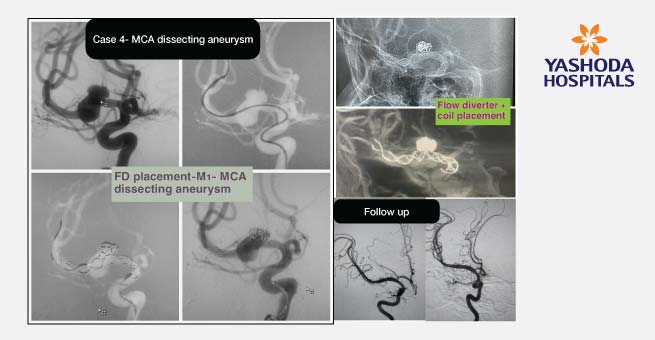
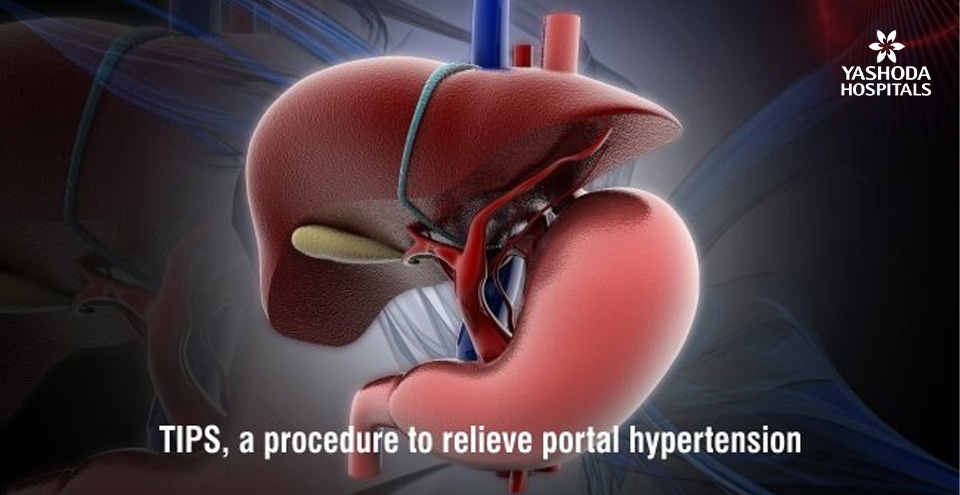

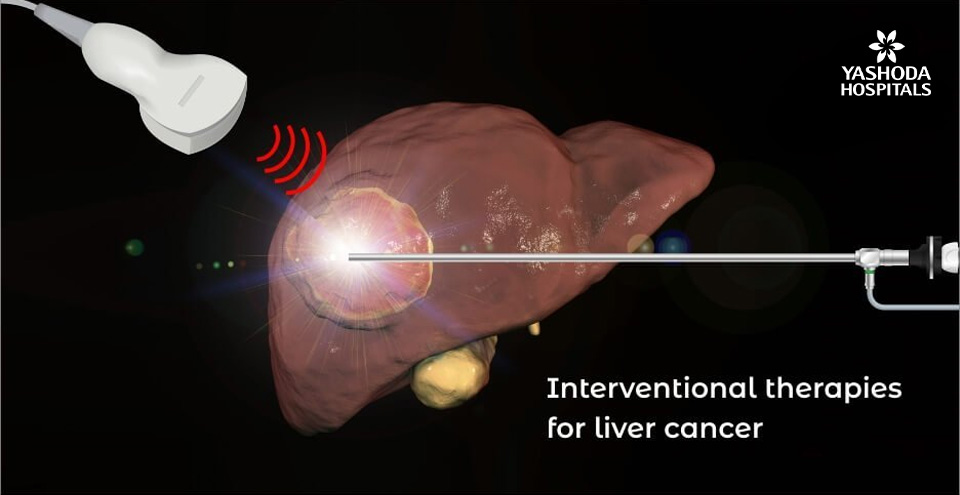





 Appointment
Appointment WhatsApp
WhatsApp Call
Call More
More

